What is Microgynon 30 ED?
How does it work?
What are the benefits of taking it?
How do I use it and its dosage?
Follow exactly the instructions for administration of Microgynon provided by your doctor. In case of doubt, consult your doctor again. Remember to take your medicine, as forgetting coated tablets may decrease the effectiveness of the preparation.
Combined oral contraceptives, when taken correctly, have an error rate of approximately 1% per year. The error rate can increase if tablets are forgotten or taken incorrectly. . . . . . . . . . . . . . . . . . . . . . . . . . . . . . . . . . . . . . . . ............. ........................
The first tablet is drawn from one of the boxes marked with the relevant day of the week (eg “LU” for Monday). The tablets should be taken at around the same time every day, with a little liquid if necessary and in the order indicated on the blister pack. One tablet will be taken daily for 21 consecutive days. A new pack will be started after an interval of 7 days without taking tablets, during which a withdrawal bleed usually occurs (rule). The withdrawal bleed, similar to the rule, will appear two or three days after taking the last tablet, and may not have finished before starting the next pack.
How to start taking Microgynon
If you have not taken any hormonal contraceptive previously (in the previous month)
The tablets will start to be taken on day 1 of the woman’s natural cycle (that is, the first day of menstrual bleeding). It can also be started on days 2 to 5 of the cycle, but in this case, it is recommended to additionally use a barrier method, such as a condom, in the first cycle during the first 7 days of tablet-taking.
Side effects & precautions
Like all medicines, this medicine can cause side effects, although not everyone gets them. If you experience any side effects, especially if they are severe and persistent, or have any health changes that you think may be due to Microgynon, consult your doctor.
Serious adverse effects
All women taking combined hormonal contraceptives are at increased risk of developing blood clots in the veins (venous thromboembolism (VTE)) or blood clots in the arteries (arterial thromboembolism (ASD)). For more detailed information on the different risks of taking combined hormonal contraceptives.
Contact a doctor immediately if you experience any of the following symptoms of angioedema: swelling of the face, tongue and/or throat, and/or difficulty swallowing or hives with possible difficulty breathing.
The adverse Microgynon ED side effects are listed below, classified according to their frequency according to the following criteria:
Infections and infestations
Common: vaginitis (inflammation of the vagina), including candidiasis (yeast infection of the vagina).
Immune system disorders
Rare: hypersensitivity (abnormally increased sensitivity of the skin), allergic-type reactions such as angioedema (swelling of the face, lips, mouth and very rare cases of severe reactions accompanied by difficulty in breathing, dizziness and even loss of consciousness).
Very rare: worsening of systemic lupus erythematosus (a chronic inflammatory autoimmune disorder).
Metabolism and nutrition disorders
Uncommon: changes in appetite (increase or decrease), fluid retention.
Rare: glucose intolerance.
Very rare: worsening of porphyria (haemoglobin metabolism disease).
Psychiatric disorders
Common: mood swings, including depression.
Uncommon: decreased libido (sexual desire).
Rare: increased libido.
Nervous system disorders
Common: headaches, nervousness, vertigo.
Uncommon: migraine.
Very rare: worsening of chorea (a disease-causing movement disorder).
Eye disorders
Rare: intolerance to contact lenses.
Very rare: optic neuritis, retinal vascular thrombosis (abnormalities in the eyes and visual disturbances).
Vascular disorders
Rare: harmful blood clots in a vein or artery, for example:
- In one leg or foot (i.e. DVT).
- In a lung (i.e. EP).
- Heart attack.
- Ictus.
- Mild stroke or temporary symptoms are similar to those of a stroke, which is called a transient ischemic attack (TIA).
- Blood clots in the liver, stomach/intestine, kidneys, or eye.
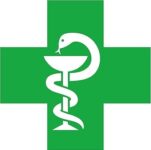
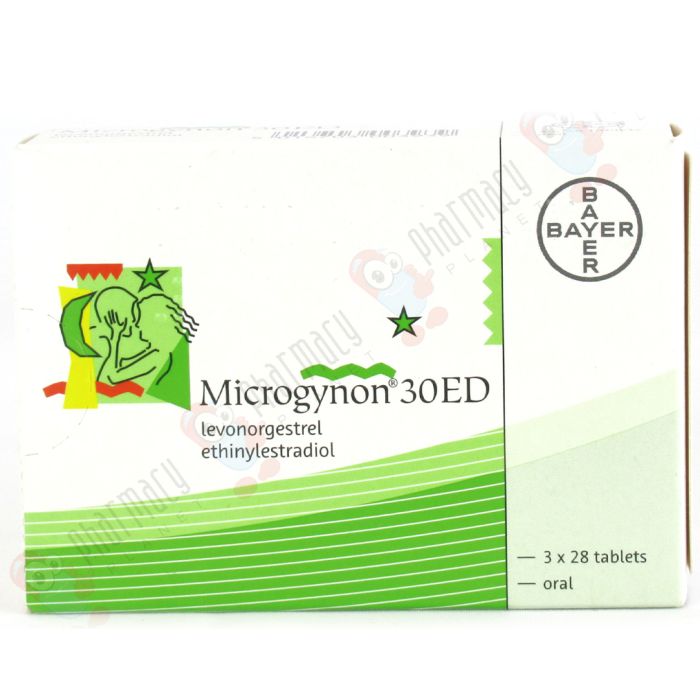

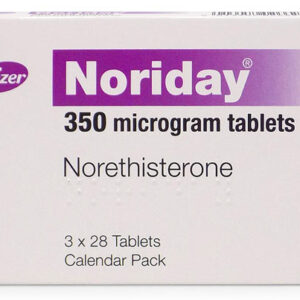

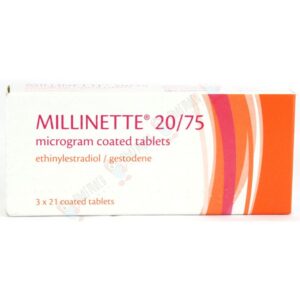
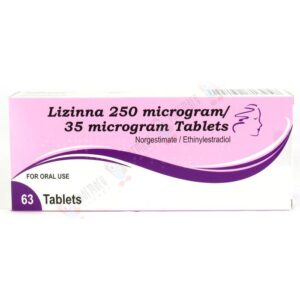
Reviews
There are no reviews yet.